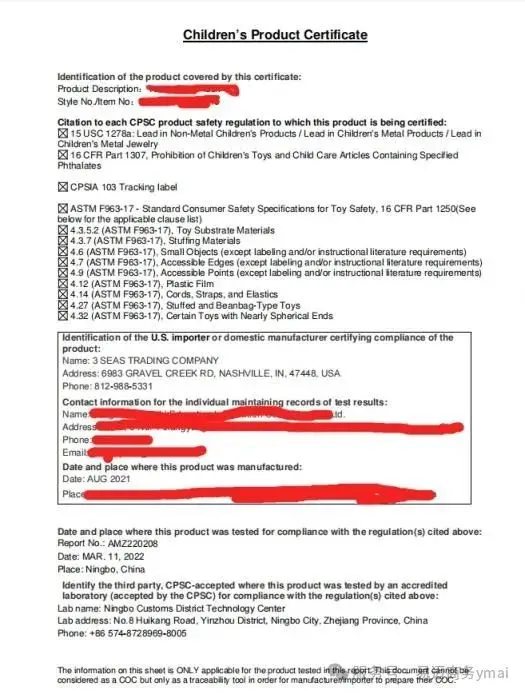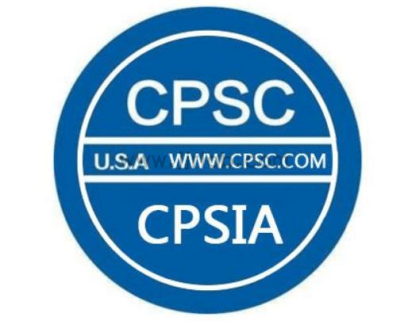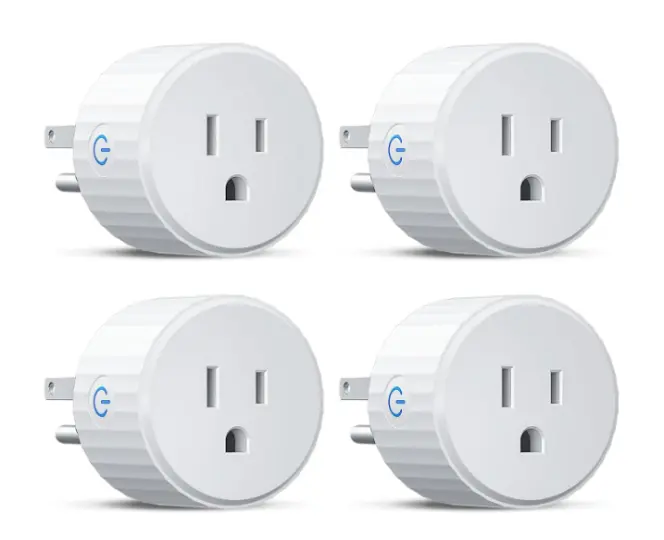
Is FCC certification mandatory?
What is FCC certification?
FCC stands for the Federal Communications Commission, which was established in 1934. It primarily manages and regulates radio, telecommunications, and other related fields. It is a government agency with enforcement authority. FCC certification is mandatory for electronic and electrical products in the U.S., focusing on those operating between 9K-3000GHz, covering aspects of radio, telecommunications, and more. There are two types of FCC certification: FCC SDoC and FCC ID. fcc id is mainly a certification model for communication products.
What is FCC ID certification?
FCC ID is a unique identifier assigned to devices registered with the Federal Communications Commission in the United States, consisting of a Grant Code + Product Code.
Smart home (home automation) refers to the integration of home-related facilities using technologies such as structured cabling, network communication, security technology, automatic control, and audio-visual technology. This creates an efficient management system for residential facilities and household tasks, enhancing safety, convenience, comfort, aesthetics, and achieving an environmentally friendly and energy-saving living environment. Some wireless products must obtain FCC ID certification to be exported to the United States.
Scope of FCC ID products:
Smart home products, wireless routers, wireless lighting fixtures, cameras, security kitchen appliances, alarms, sensor switches, access control card readers, bus card readers, wireless chargers, remote-controlled toys, wireless mice, remote switches, wireless doorbells, anti-theft devices, car FM transmitters, Bluetooth speakers, and Wi-Fi drones.
What standards does smart home FCC ID certification follow?
- FCC PART 15: Intentional radiators
- FCC PART 18: Industrial, scientific, and medical devices
- FCC PART 22: Public mobile communication service products
- FCC PART 24: Personal communication service products
- FCC PART 25: Satellite communication service products
- FCC PART 27: Other FCC wireless communication service products
- FCC PART 68: Telecommunications terminal equipment
- fcc part 15: Intentional radiators
What are the specified frequencies for FCC ID?
1. Transmission frequency: 125KHz, 13.5MHz (common products: card readers, bus card readers);
2. Transmission frequency: 27MHz, 49MHz (common products: remote-controlled toys, wireless mice, non-professional walkie-talkies);
3. Transmission frequency: 315MHz, 433MHz (intermittent, periodic products; remote-controlled toys are prohibited) (typical products: remote switches, wireless doorbells, burglar alarms, Baby Monitors);
4. Transmission frequency: 88-108MHz (common products: radios);
5. Transmission frequency: 902-928MHz, 2400-2483.5MHz, 5725-5850MHz (common products: remote-controlled toys, wireless keyboards, Bluetooth, Wi-Fi, transmitters).
What materials are needed for FCC ID certification?
1. FCC application form: Requires accurate information, including the applicant company name, address, contact information, product name and model, and standards used.
2. FCC authorization letter: Must be signed and sealed by the contact person of the applicant company and scanned into an electronic document.
3. FCC confidentiality letter: A confidentiality agreement signed by the applicant company with the TCB institution, also requiring a signature and seal, scanned into an electronic document.
4. Block diagram: Needs to show all crystal oscillators and their frequencies, consistent with the circuit diagram.
5. Circuit diagram: Must match the crystal frequencies, quantities, and positions in the block diagram.
6. Description of the circuit: Requires a clear description in English of how the product functions.
7. User manual: Must include FCC warning statements.
8. Label and label position: Labels must display the FCC ID number and statement, with a prominent placement.
9. Product appearance photos: Clear and clear images, with additional notes if necessary.
10. Test report: A comprehensive assessment of the product based on standard clauses after testing.
Note: For clients applying for FCC-ID certification for the first time, they must first obtain a Grant Code (application code) from the FCC. After the product passes testing and certification, the FCC ID number can be marked on the product, allowing it to be sold in the U.S. market.
Validity of FCC ID certification:
FCC ID certification remains valid as long as the product's standards do not change, meaning it is long-term effective.
FCC ID certification cycle:
The certification process takes approximately 3-4 weeks.
FCC ID certification costs:
The costs associated with FCC ID certification vary based on the product. Different communication functions for wireless products (Bluetooth, Wi-Fi, 3G, 4G, etc.) incur different testing and certification costs. Specific quotes can be provided by submitting product specifications and images to the JJR laboratory in China for further evaluation.
Email:hello@jjrlab.com
Write your message here and send it to us
 Toy Toxicology Testing CA
Toy Toxicology Testing CA
 CPSIA Compliance for Children's Products
CPSIA Compliance for Children's Products
 Food Contact Items Testing
Food Contact Items Testing
 Energy Star Testing Laboratory
Energy Star Testing Laboratory
 Do I Need to Test Every Color for CPSIA Compliance
Do I Need to Test Every Color for CPSIA Compliance
 Accredited Medical Device Testing Lab
Accredited Medical Device Testing Lab
 Safety Testing for Baby Wrap
Safety Testing for Baby Wrap
 United States Electrical Plug Certification
United States Electrical Plug Certification
Leave us a message
24-hour online customer service at any time to respond, so that you worry!




